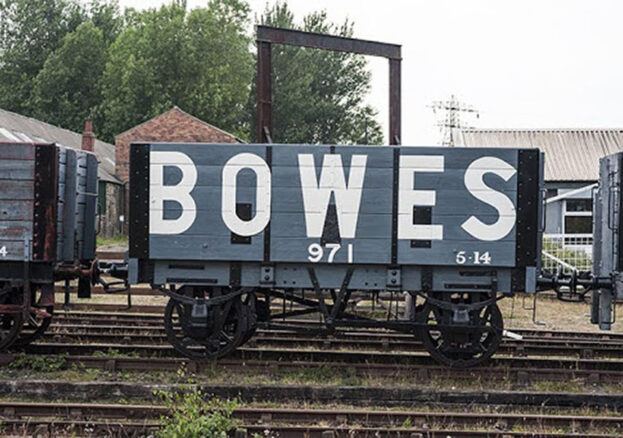Bowes Railway
Alexander Iles
Bowes Railway was designed to transport the coal of County Durham to Jarrow on the River Tyne. The Bowes family themselves were incredibly influential in the North East of England, from art through to coal mines, and have left references to their industry and interests across the region. While the North East of England is covered in old railways due to the abundance of coal under the ground, what makes the Bowes railways so special is who designed it. George Stephenson is famous throughout the world for designing and building “the Rocket” steam engine and popularising the 4 foot, 6 inches and a quarter gage, which has become the standard for railways the world over. He designed and opened Bowes Railway on the 17th of January 1826. This makes it one of the earliest railways in the entire world and incredibly important for the history of transport.
The track was fifteen miles long, but the six-mile middle section relied on engines and a rope system to move the carriages and carts along it. Not only is it historically impressive, but the railway is statistically impressive with over a million tones of coal having been moved every year along this railway, as well as it staying in continuous use until 1968 when the process of retiring the line began. This section between Black Fell Bank Head and Springwell Bank Head was bought by the now defunct Tyne and Wear County Council so that it could be preserved due to the historical significance. Even today, the inclines on the route mean it must be operated by a static haulage engine and it is the only one in the whole world to still have a standard gauge, rope-hauled railway in the world. If you enjoy railway engines the site has maintenance facilities at Springwell, where the wagon shops still provide maintenance for the engines and tracks.
Bowes Railway is an impressive place to visit as it is a unique historical site showing the story of the railways from George Stephenson until the beginning of deindustrialisation, in the 1960s and 1970s.






























